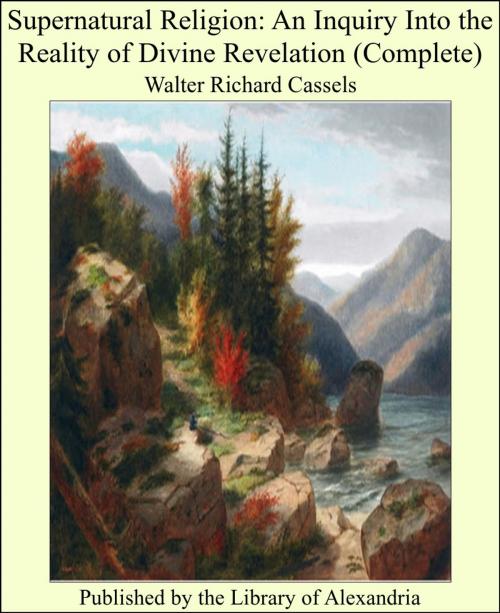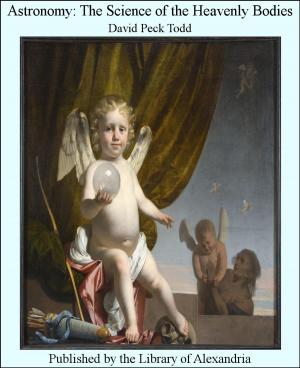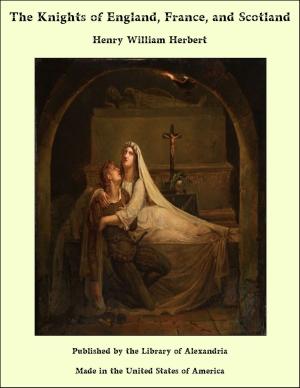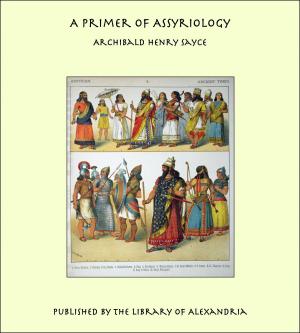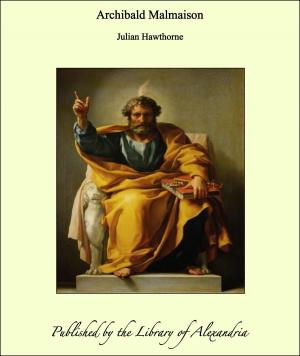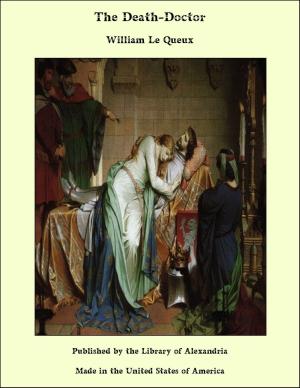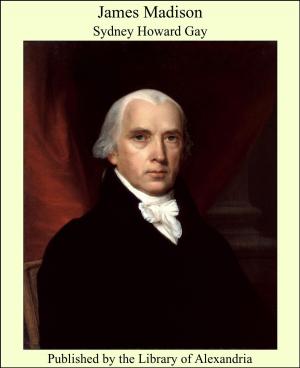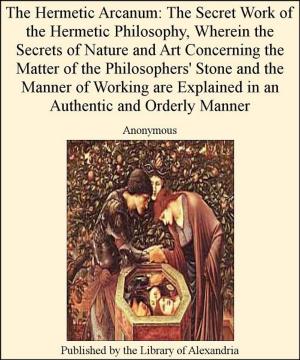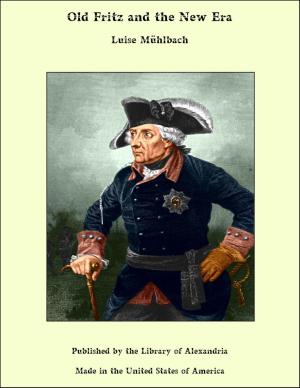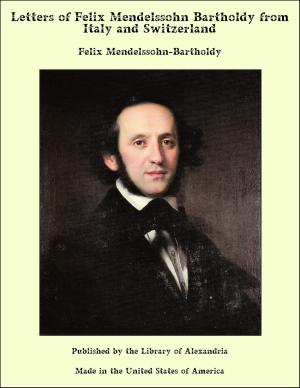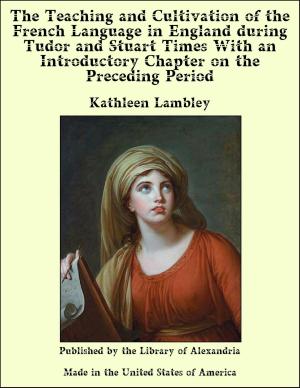Supernatural Religion: An Inquiry Into the Reality of Divine Revelation (Complete)
Nonfiction, Religion & Spirituality, New Age, History, Fiction & Literature| Author: | Walter Richard Cassels | ISBN: | 9781465508300 |
| Publisher: | Library of Alexandria | Publication: | March 8, 2015 |
| Imprint: | Language: | English |
| Author: | Walter Richard Cassels |
| ISBN: | 9781465508300 |
| Publisher: | Library of Alexandria |
| Publication: | March 8, 2015 |
| Imprint: | |
| Language: | English |
THE CLEMENTINES—THE EPISTLE TO DIOGNETUS We must now as briefly as possible examine the evidence furnished by the apocryphal religious romance generally known by the name of "The Clementines," and assuming, falsely of course,(1) to be the composition of the Roman Clement. The Clementines are composed of three principal works, the Homilies, Recognitions, and a so-called Epitome. The Homilies, again, are prefaced by a pretended epistle addressed by the Apostle Peter to James, and another from Clement. These Homilies were only known in an imperfect form till 1853, when Dressel(2) published a complete Greek text. Of the Recognitions we only possess a Latin translation by Rufinus (a.d. 402). Although there is much difference of opinion regarding the claims to priority of the Homilies and Recognitions, many critics assigning that place to the Homilies,(1) whilst Others assert the earlier origin of the Recognitions,(2) all are agreed that the one is merely a version of the Other, the former being embodied almost word for word in the latter, whilst the Epitome is a blending of the Other two, probably intended to purge them from heretical doctrine. These works, however, which are generally admitted to have emanated from the Ebionitic party of the early Church,(3) are supposed to be based upon older Petrine writings, such as the "Preaching of Peter" [———], and the "Travels of Peter" [———].(4) It is not necessary for our purpose to go into any analysis of the character of the Clementines. It will suffice to say that they almost entirely consist of discussions between the Apostle Peter and Simon the Magician regarding the identity of the true Mosaic and Christian religions. Peter follows the Magician from city to city for the purpose of exposing and refuting him, the one, in fact, representing Apostolic doctrine and the Other heresy, and in the course of these discussions occur the very numerous quotations of sayings of Jesus and of Christian history which we have to examine
THE CLEMENTINES—THE EPISTLE TO DIOGNETUS We must now as briefly as possible examine the evidence furnished by the apocryphal religious romance generally known by the name of "The Clementines," and assuming, falsely of course,(1) to be the composition of the Roman Clement. The Clementines are composed of three principal works, the Homilies, Recognitions, and a so-called Epitome. The Homilies, again, are prefaced by a pretended epistle addressed by the Apostle Peter to James, and another from Clement. These Homilies were only known in an imperfect form till 1853, when Dressel(2) published a complete Greek text. Of the Recognitions we only possess a Latin translation by Rufinus (a.d. 402). Although there is much difference of opinion regarding the claims to priority of the Homilies and Recognitions, many critics assigning that place to the Homilies,(1) whilst Others assert the earlier origin of the Recognitions,(2) all are agreed that the one is merely a version of the Other, the former being embodied almost word for word in the latter, whilst the Epitome is a blending of the Other two, probably intended to purge them from heretical doctrine. These works, however, which are generally admitted to have emanated from the Ebionitic party of the early Church,(3) are supposed to be based upon older Petrine writings, such as the "Preaching of Peter" [———], and the "Travels of Peter" [———].(4) It is not necessary for our purpose to go into any analysis of the character of the Clementines. It will suffice to say that they almost entirely consist of discussions between the Apostle Peter and Simon the Magician regarding the identity of the true Mosaic and Christian religions. Peter follows the Magician from city to city for the purpose of exposing and refuting him, the one, in fact, representing Apostolic doctrine and the Other heresy, and in the course of these discussions occur the very numerous quotations of sayings of Jesus and of Christian history which we have to examine
